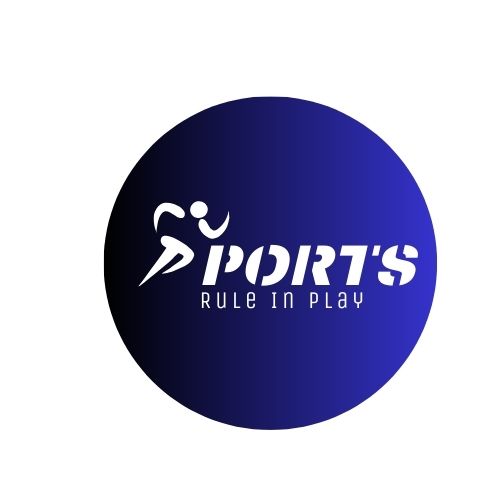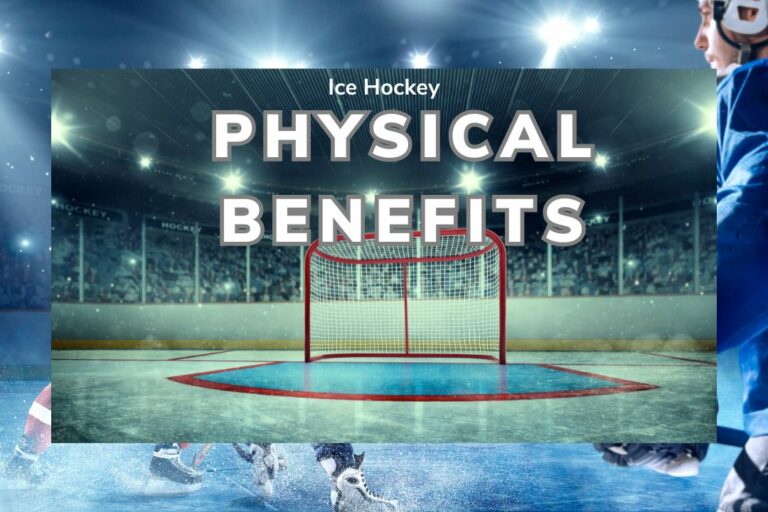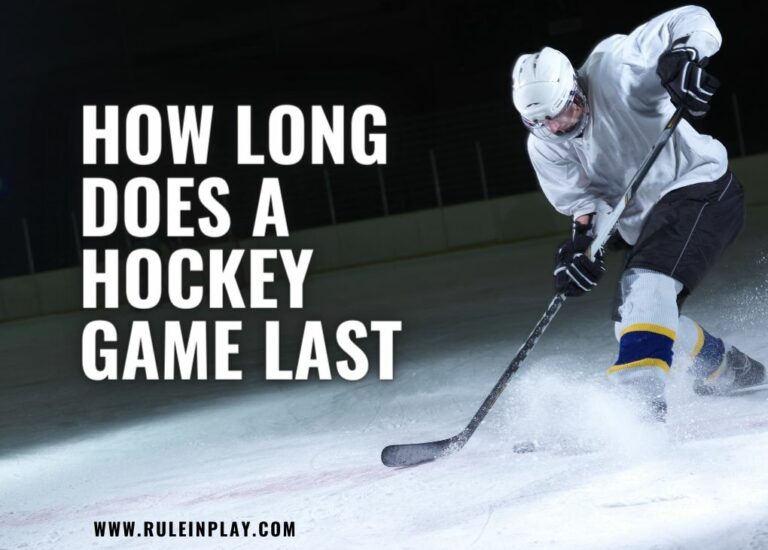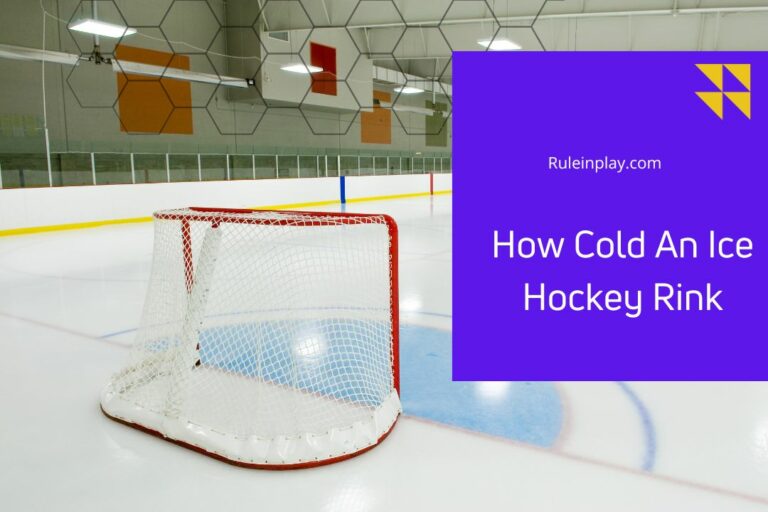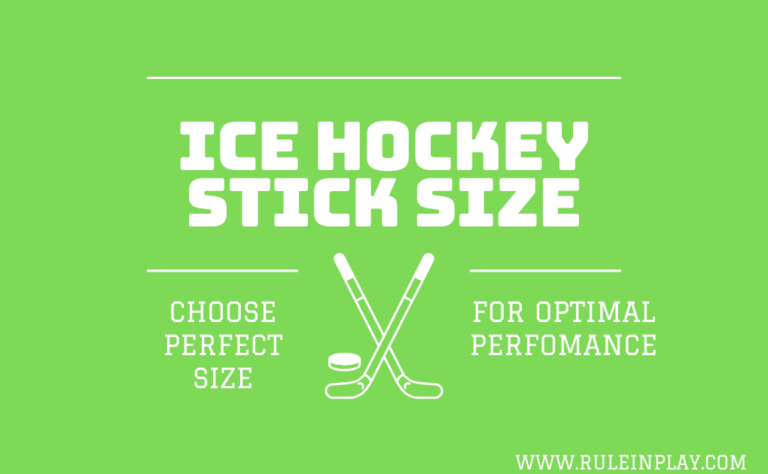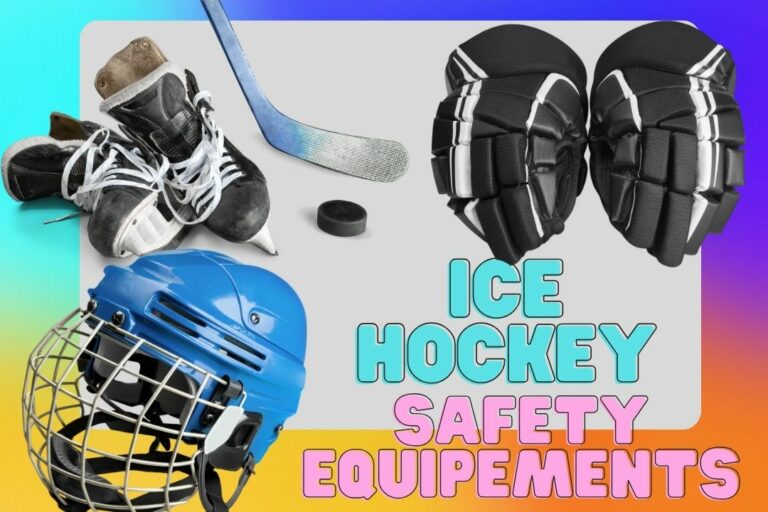Hockey Punishment Drills: A Comprehensive Guide for Players and Coaches
Hockey is a high-intensity sport that demands discipline, precision, and resilience. To excel on the ice, players and coaches must constantly strive to improve their skills and conditioning. One effective way to achieve this is through hockey punishment drills. In this comprehensive guide, we will explore the world of hockey punishment drills, their importance, and how to execute them effectively.
Purpose of Hockey Punishment Drills
Hockey punishment drills, often referred to as “conditioning drills,” are designed to push players to their physical and mental limits. These drills serve multiple purposes:
Enhanced Endurance and Stamina
Hockey is a fast-paced sport with intense shifts on the ice. Players need exceptional endurance and stamina to perform at their best. Punishment drills for hockey players help build the physical conditioning required to withstand the demands of the game.
Mental Toughness
Playing hockey is not just about physical strength; it’s also about mental toughness. Punishment drills challenge a player’s mental resilience, teaching them to push through fatigue and adversity.
Improved Skills
Some drills for hockey players are designed to sharpen specific skills like skating, passing, and shooting, making players more versatile and efficient on the ice.
Types of Hockey Punishment Drills
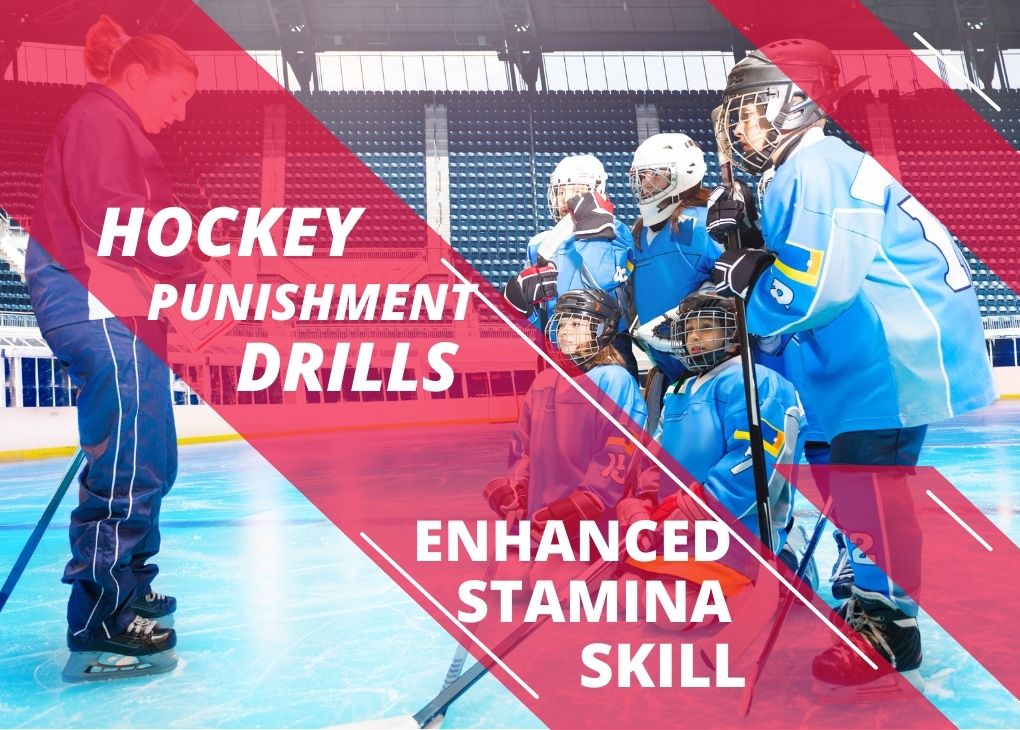
There are various types of punishment drills, each focusing on different aspects of a player’s performance and conditioning:
Skating Drills
Skating is the backbone of hockey, and punishment drills in this category aim to improve a player’s speed, agility, and balance. These drills often involve repetitive laps, sprints, and transitions.
Passing and Shooting Drills
These drills enhance a player’s ability to pass accurately and shoot with precision under pressure. They may involve timed passing and shooting challenges or complex passing sequences.
Conditioning Drills
Designed to boost a player’s overall fitness, conditioning drills include activities like suicides, sprints, and shuttle runs. They push players to their limits and improve their cardiovascular fitness.
Defensive and Offensive Drills
These drills focus on honing defensive and offensive skills, including positioning, checking, and puck control. They help players become well-rounded athletes.
The Importance of Hockey Punishment Drills
Hockey punishment drills are essential for the following reasons:
Physical Fitness
Effective punishment drills for Hockey players improve a player’s physical fitness, enabling them to withstand the grueling demands of the sport. Players who excel in these drills have a significant advantage on the ice.
Team Building
Working through challenging drills fosters a sense of camaraderie among teammates. Players encourage and push each other, strengthening the bond that is crucial for a successful team.
Mental Resilience
Hockey is as much a mental game as it is physical. Punishment drills test a player’s mental resilience, preparing them for high-pressure situations during games.
Skill Improvement
Certain drills target specific skills, allowing players to refine their techniques and become more versatile on the ice.
Tips for Effective Execution of Hockey Punishment Drills
To reap the full benefits of punishment drills, players and coaches should consider the following tips:
Sample Hockey Punishment Drill – The “Suicide Skate”
One classic hockey punishment drill is the “Suicide Skate.” It’s a rigorous skating drill that targets speed, endurance, and mental toughness.
Players complete the drill as quickly as possible. The “Suicide Skate” pushes players to their limits, testing their skating skills and endurance.
Wrapping Up
Hockey punishment drills are an integral part of player development and team success. These drills not only improve physical fitness but also foster mental resilience, enhance skills, and promote team unity. By understanding their purpose, types, and execution, players and coaches can utilize punishment drills to maximize their potential on the ice. Incorporating these drills into regular training sessions will undoubtedly help players rise to the challenges of competitive hockey. So, lace up your skates, embrace the grind, and master the art of hockey punishment drills to reach new heights in the sport.
